Image

Happy Lunar New Year! For those who celebrate, it's time to gather together with friends, make dumplings and enjoy symbolic foods, and welcome in luck and happiness with the color red. Red envelopes with money are gifted to children and dragon or lion dancers perform to the music of beating drums.
The celebration continues for fifteen days, and is observed in many Asian cultures. Read on for more about this holiday.
By Kelsi Trinidad, Stacker
While many regard it as a Chinese tradition, the Lunar New Year is celebrated across a variety of Asian cultures, including Korean, Thai, Singaporean, Taiwanese, Malaysian, Indonesian, and Filipino cultures. Additionally, Lunar New Year celebrations happen in Chinatowns across the world, with notable events in New York City, London, Sydney, and Vancouver. Chinese New Year festivities have become an attraction around the world, drawing tourists who are eager to partake in celebrations.
For observers of the lunar calendar, the new year marks a point of growth, a chance to reset, and renewed hope for a prosperous future.
You may also like: Origin stories behind 30 holidays
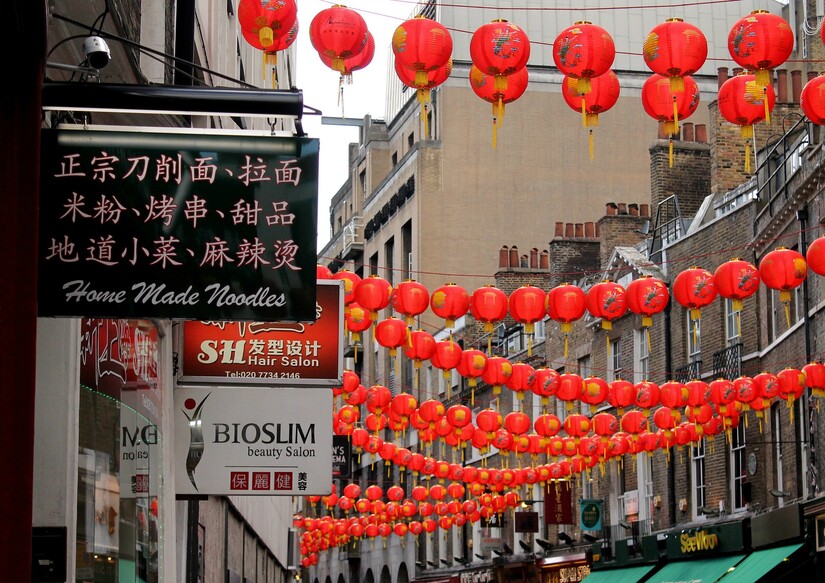 Image by Natalie Steyerova from Pixabay.
Image by Natalie Steyerova from Pixabay.Red is the color of luck in Chinese culture, and these traditional red lanterns are an essential decoration when ushering in the new year. The lanterns feature hand-painted characters wishing health, peace, and prosperity for the upcoming year. Hanging lanterns for the Chinese New Year is a 500-year-old tradition, originating during the Han dynasty.
An incoming new year is a time to start anticipating what is ahead. Feng shui consultations are called upon during this time to predict and navigate the new Chinese zodiac year. In large cities like Hong Kong, people from all socioeconomic backgrounds consult Feng shui practitioners to consult about the new year.
You may also like: Resilient photos of cities that recovered from war
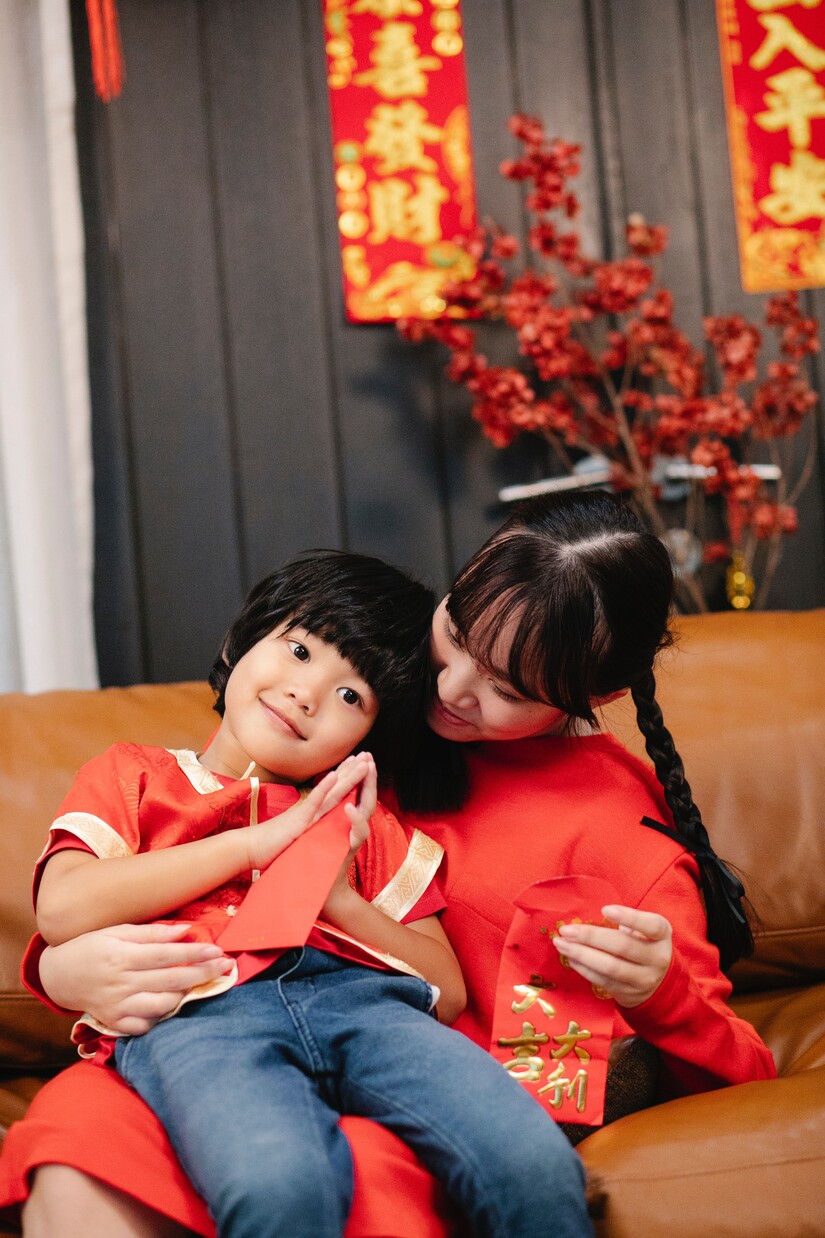 Photo by Angela Roma from Pexels.
Photo by Angela Roma from Pexels.Money-filled red envelopes, known as ang pows, are a customary gift given out primarily to children and teenagers at familial New Year’s Day feasts. They can also be given out to friends and family as a celebratory gift.
Preparing special New Year’s foods is an essential tradition in Chinese culture. Customary foods, like many of the other New Year’s traditions, are meant to give blessings for the new year. Along with dumplings, spring rolls, noodles, and steamed fish are traditional foods prepared for the large annual feasts.
Oranges and tangerines are a symbol of luck and good fortune and make great gifts for loved ones for the new year. The gold color of their skin is symbolic of prosperity in Chinese culture. Above, Singaporeans shop for tangerines and oranges at a street stall ahead of their New Year’s celebrations.
You may also like: What marriage was like the year you were born
The tradition of honoring gods and ancestors typically starts at 11 p.m. on New Year’s Eve, followed by a celebratory feast. Honoring gods and ancestors are a way for people to honor their heritage and is based on the belief that deceased family members look over their family and have an influence on their future prosperity.
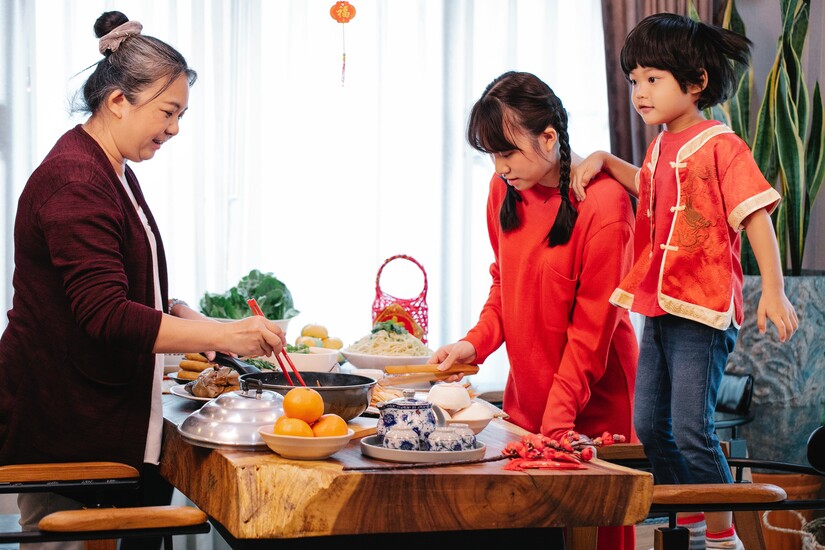 Photo by Angela Roma from Pexels.
Photo by Angela Roma from Pexels.The reunion feast is regarded as one of the most important traditions during the Lunar New Year. Also called Tuan Nian or Wei Lu, the reunion feast is named as such because all children are to return to their families for a meal of symbolic food to usher in a prosperous new year.
On the night of New Year’s Eve, in Chinese tradition, children are allowed to stay up late, and all of the lights in the homes are to be on through the night. At midnight, a big show of fireworks bids the past year farewell and ushers in the new year.
The dragon dance dates back to the Han dynasty, initially for the purpose of worshipping ancestors. However, by the Tang dynasty, the dragon dance became a celebratory dance for the new year, symbolizing wisdom, power, wealth, and, most importantly, luck.
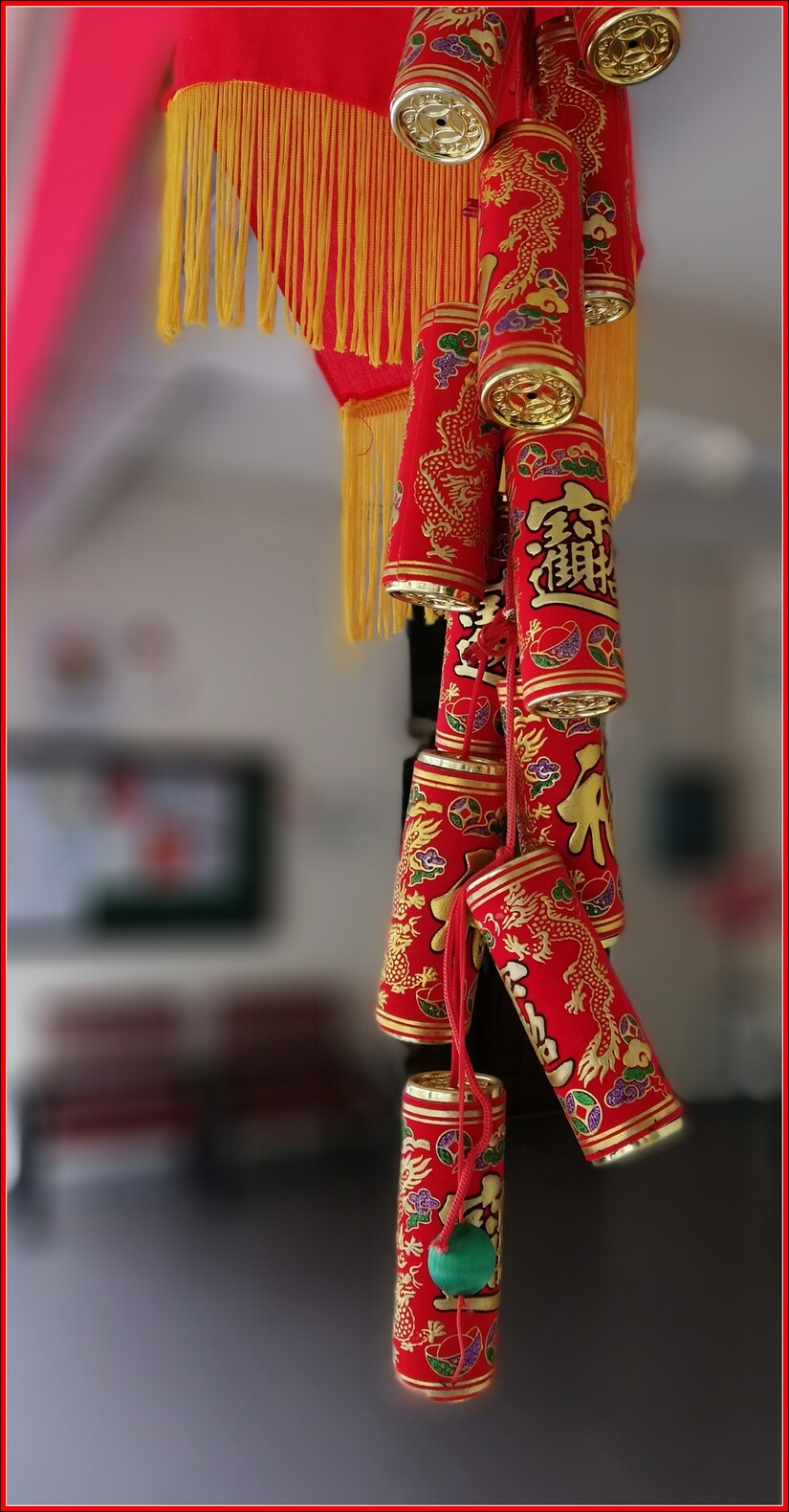 Photo by GeorgeTan#1...Off permanently, image available in public domain, from Flickr.
Photo by GeorgeTan#1...Off permanently, image available in public domain, from Flickr.The tradition of lighting firecrackers during Chinese New Year celebrations is intended to scare off an evil monster named Nian, who would come out to eat villagers and destroy their houses on New Year’s Eve.
You may also like: 10 toxic cleaning products and their natural alternatives
Early on the morning of New Year’s Day, children awaken to open their red envelopes, and the family goes door to door, greeting their relatives and neighbors. After this, many families head to the temple to pray.
During celebrations at temples, it’s customary to throw coins into a well to wish for a year of good fortune and to please the god of wealth. Even tourists can participate in the tradition, with many coin vendors selling coins nearby.
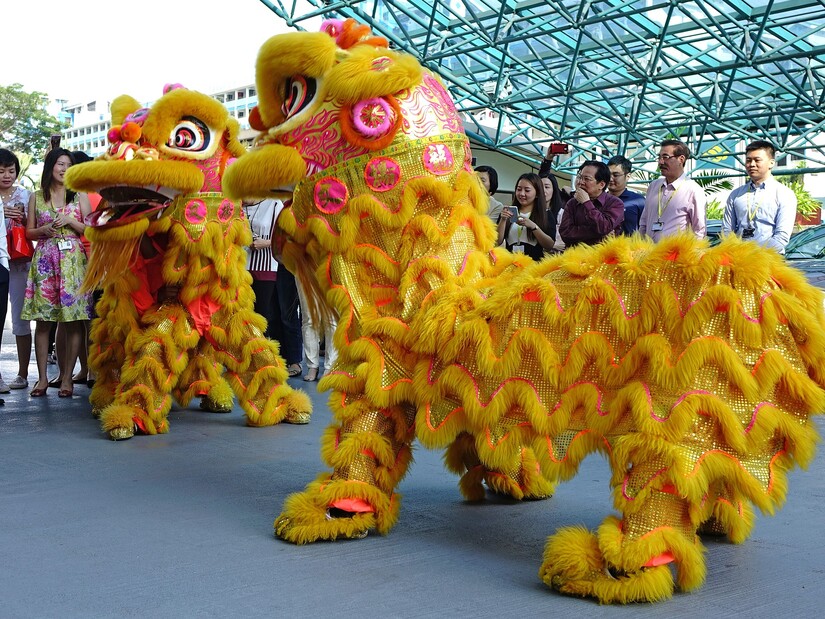 Photo by Jason Goh from Pixabay.
Photo by Jason Goh from Pixabay.This traditional dance is performed on big occasions, including New Year’s. This dance is intended to bring luck while also chasing away evil spirits. The lion itself symbolizes power, wisdom, and superiority.
You may also like: How Pride is celebrated around the globe in 25 photos
New Year’s brings with it various parades over approximately 15 days of celebrations. Chinese New Year parades happen across the world, with performers dressing up to represent the incoming zodiac year or performing lion and dragon dances.
You may also like: US Air Force history from the year you were born
In addition to the many parades and dances performed within the days-long celebrations, there are also cultural performances, including operas, stilts acts, and ballets.
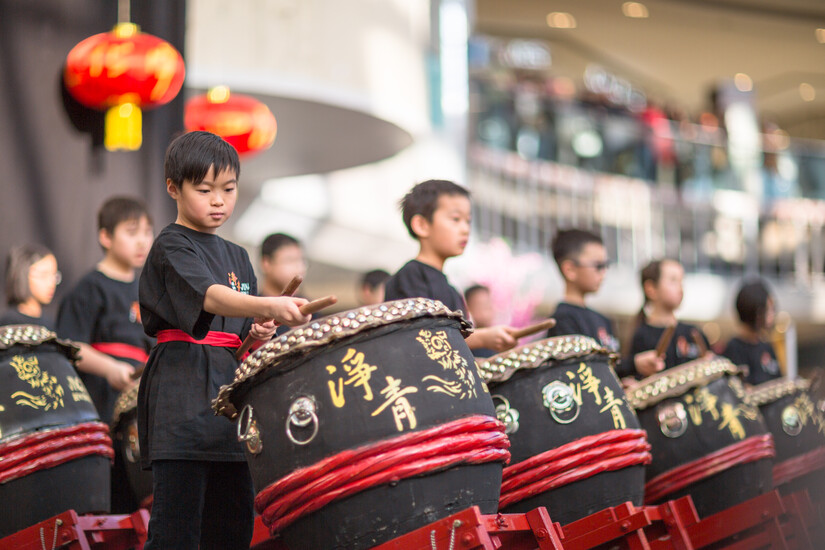
New Year’s is nothing if not a time to spend with the whole family. Because of this, many of the celebratory traditions involve children, and performances are often intended to include the whole family.
The last day of Chinese New Year is marked with the lantern festival on the first full moon of the new year. The festival marks the reunion of family and the return of spring and can be traced back to 2,000 years ago during the Han dynasty. Lanterns are decorated with drawings and wishes for the new year and then lit to float off into the sky.
You may also like: Most popular baby names for boys the year you were born
This abbreviated article from Stacker has been republished pursuant to a CC-BY-NC 4.0 license. Read the original article here.